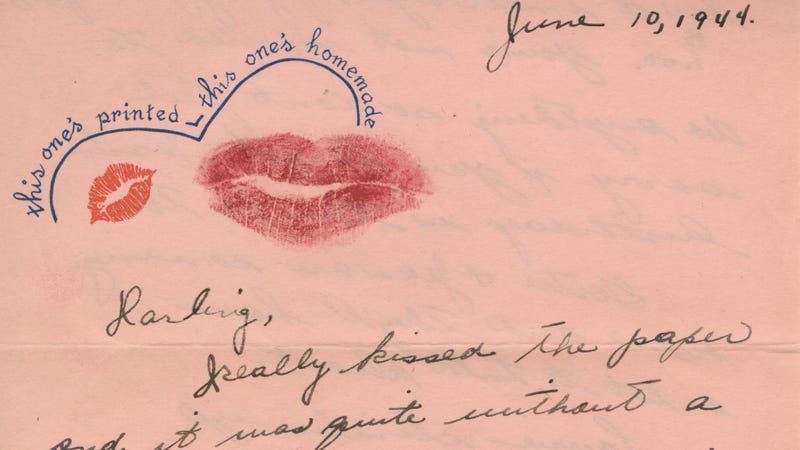
While the headlines marking the end of World War II are now more than 80 years old, the personal stories of those who fought in the war remain largely unheard.
The Library of Congress' Veterans History Project is working to change that.
The grassroots effort was started by Congress in 2000 and collects, preserves, and makes accessible the firsthand narratives of American military veterans, explained Head of Communications and Programs for the Veterans History Project, Travis Bickford.
Preserving the stories of the nation’s World War II veterans is particularly important now as the Greatest Generation dwindles with the passage of time, Bickford said.
“As more time goes by between their service and the present day, you tend to see them open up more,” he said. “You are seeing that with our Vietnam veterans of course and I think there’s some evidence of that with our World War II veterans.”
Among the other stories in the Veterans History Project World War II collection is that of Joseph J. Brenner, which includes letters, including those sealed with a kiss by Brenner’s wife, Norma, where her lipstick is visible on the letters.
“Just imagine how important it must have been to receive that,” said Bickford. “The letters were so important.”
Sgt. Samuel Boylston, an aspiring illustrator who would decorate the envelopes of letters to home from him or his fellow soldiers with cartoon-like drawings of life in the Pacific Theater in 1939-1945.
“They are amazing,” Bickford said. “He was actually a very talented illustrator.”
The Veterans History Project has a number of resources for volunteers who want to assist veterans with sharing their stories. A tool kit provides sample questions and a training video is available on the LOC’s website. Virtual or in-person workshops are also available at no cost.
“The staff at the Veterans History Project is always available, just reach out,” he said.
An Army veteran of the Iraq War, Bickford knows how important communication with family and friends is while being deployed on the front lines of battle. While most of his communication while serving overseas was via the internet, one beloved member of Bickford’s family did things the old school way.
“My grandmother would write me letters,” he recalled. “She kept a little diary of when we talked. All those old traditions.”
Stories aren’t the only things the Veterans History Project is collecting, Bickford added.
“We also collect these other items that tell veterans' stories, diaries, artwork, and original photographs,” he said. “Those are also going to be lost soon if we don’t start making sure people are keeping track of that and donating them to a place like the Library of Congress, where we can preserve them for posterity and utilize them for generations to come.”
To date, the Veterans History Project has collected more than 121,000 stories, which provide a powerful and personal perspective on what it means to serve in the U.S. military.
“A lot of veterans who didn’t see combat think they’re not eligible, but their stories are important,” Bickford stressed.
Reach Julia LeDoux at Julia@connectingvets.com.
